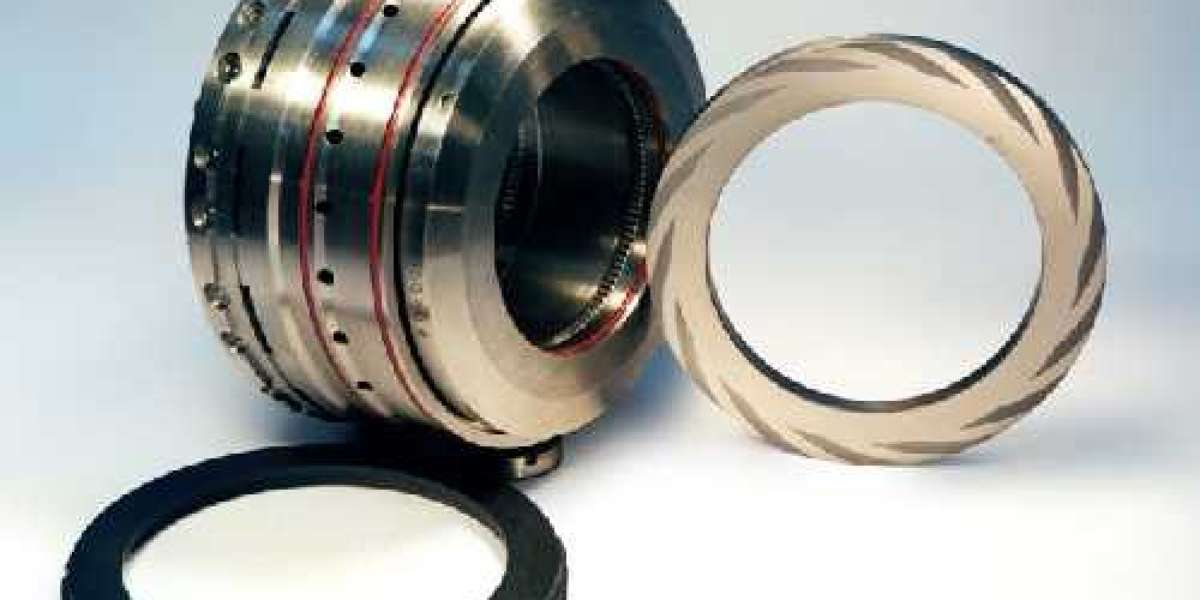Rotating equipment such as compressors, turbines, and pumps are essential in various industries, including oil and gas, chemical, and power generation. The efficient operation of these machines depends on several factors, including the performance of the mechanical seals. A dry gas seal is a vital component in rotating equipment that ensures efficient operation and prevents leaks.
A dry gas seal is a non-contacting mechanical seal that uses a gas barrier to prevent the leakage of process gas from the compressor or pump. It consists of a stationary primary ring and a rotating mating ring that are held together by a set of springs. The mating ring rotates at high speed and creates a thin film of gas between the two sealing faces, which prevents the process gas from escaping.
One of the main advantages of dry gas seals is their ability to operate in high-pressure and high-temperature applications. Unlike traditional mechanical seals that use a liquid or oil barrier, dry gas seals can operate at pressures up to 60 bar and temperatures up to 400°C. This makes them ideal for use in compressors that handle natural gas, hydrogen, or other process gases that require high-pressure and high-temperature operation.
Another benefit of dry gas seals is their low friction and wear. The absence of a liquid or oil barrier means that there is no need for lubrication, which reduces the risk of contamination and eliminates the need for a lubrication system. This, in turn, reduces maintenance requirements and improves the reliability and uptime of the equipment.
Dry gas seals also offer improved safety compared to traditional seals. The use of a gas barrier prevents the process gas from leaking into the atmosphere, reducing the risk of fire and explosion. Additionally, dry gas seals are designed to withstand sudden pressure changes and can operate even if the equipment experiences a sudden surge or shutdown.
However, despite their many advantages, dry gas seals require careful installation and maintenance to ensure optimal performance. The installation process must be carried out by trained professionals who understand the complexities of the equipment and the operating conditions. Similarly, regular maintenance is required to ensure that the seals are functioning correctly and to detect any signs of wear or damage.
In conclusion, a dry gas seal is a vital component in rotating equipment that ensures efficient operation and prevents leaks. Their ability to operate in high-pressure and high-temperature applications, low friction and wear, and improved safety make them an attractive option for various industries. However, proper installation and maintenance are crucial to ensuring optimal performance and preventing unexpected downtime.







